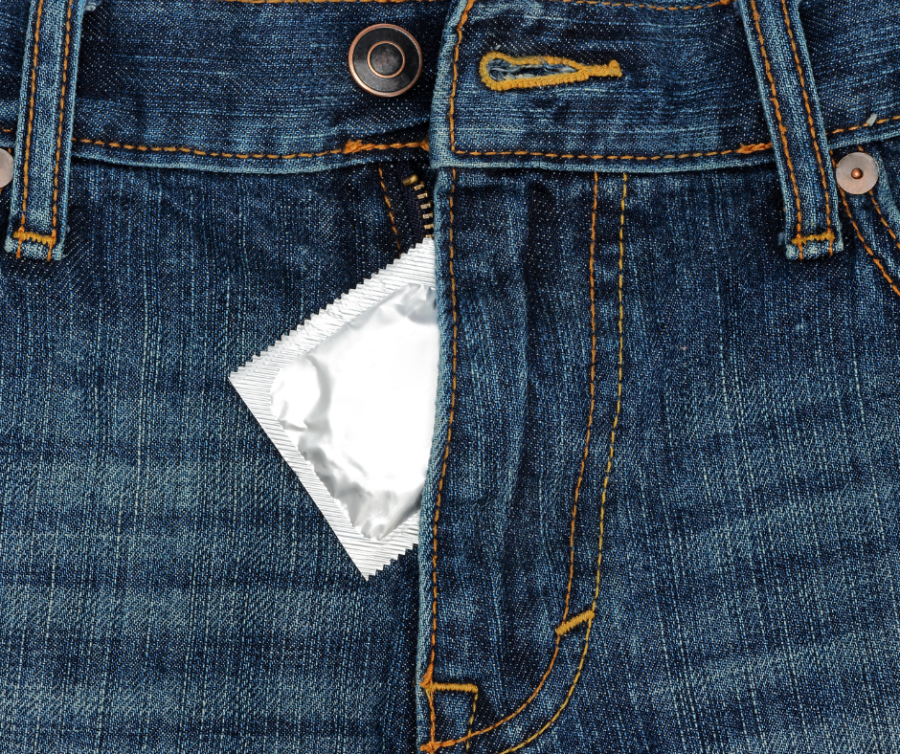Warm Up to Safety: Cuffing Season Tips for Chlamydia and Gonorrhea Prevention
Chlamydia and Gonorrhea are very common sexually transmitted infections (STIs). You can catch an STI when having vaginal, oral, or anal sex. Unfortunately, chlamydia and gonorrhea are becoming even more common, as cases are rising each year1. The last report from Bridgeport in 2019 found that there were 1403 cases of chlamydia and 391 cases of gonorrhea in the city that year2. These infections can lead to health problems if left untreated. The good news is chlamydia and gonorrhea are very easy to prevent with the right steps. However, these infections can lead to health problems if left untreated. With the start of cuffing season, we want to make sure you’re knowledgeable about these STIs and how to stay safe.
Chlamydia
Chlamydia is an STI that is caused by a species of bacteria called Chlamydia trachomatis. While many people who get infected don’t experience any symptoms, many others may experience a discharge from genitals and a burning sensation while urinating. More extreme cases can lead to greater inflammation in the pelvic region. In women, extreme chlamydia infections can lead to infertility or complications with pregnancy. Having sex with multiple partners without a condom puts you at risk for getting a chlamydia infection, as well as other STIs. Luckily, you can drastically reduce your chances of getting chlamydia by using a condom every time you have sex. People who have sex with multiple partners in any way should get tested for STIs at least once a year, or whenever they notice any sores, discharge, pain, and/or inflammation. If you have any of these symptoms, hold off on having any sex until after you finish your full course of treatment or when your doctor says you’re safe to resume. Chlamydia is treated with antibiotic medication3.
Gonorrhea
A gonorrhea infection is caused by a different species of bacteria called Neisseria gonorrhoeae. The symptoms of a gonorrhea infection are very similar to that of chlamydia. Gonorrhea can also infect the throat and skin, leading to inflammation and sores in these areas. If left untreated, cases of gonorrhea can spread to other parts of the body, such as joints. Extreme cases of gonorrhea can also lead to infertility and pregnancy complications in women. But just like with chlamydia, preventing and treating gonorrhea is straightforward and simple. To prevent infection, wear a condom every time you have sex, especially if you have sex with multiple partners. If you have gonorrhea, avoid having sex with anyone until after finishing treatment. Gonorrhea is also treated with antibiotic medication4.
Where to get testing and treatment in Bridgeport
The bottom line is that wearing a condom during sex is the easiest and most effective way for sexually active people to protect themselves and their partners from STIs. There are several locations where you can get tested for STIs in Bridgeport:
- Bridgeport Family Health and Wellness Clinic – Sexually Transmitted Diseases (STD) | City of Bridgeport (bridgeportct.gov)
- Optimus Health Care – Bridgeport Locations - Optimus Health Care
- Southwest Community Health Clinic – Southwest Community Health Center (swchc.org)
- Planned Parenthood of Bridgeport – STD Testing in Bridgeport, CT - Herpes, Chlamydia, Gonorrhea Tests (plannedparenthood.org)
Definitions
Cuffing season - When the weather gets chilly (October-March), some single people crave a cuddle buddy. Think of it like tying yourself (metaphorically!) to someone for warmth and company during the cold months.
Sources
- Centers for Disease Control and Prevention. National Overview of STDs, 2021. Published May 16, 2023. Accessed January 8, 2024. https://www.cdc.gov/std/statistics/2021/overview.htm
- Connecticut Department of Public Health. STD Statistics in Connecticut. CT.gov - Connecticut’s Official State Website. Accessed January 8, 2024. https://portal.ct.gov/DPH/Infectious-Diseases/STD/STD-Statistics-in-Con…
- Centers for Disease Control and Prevention. STD Facts - Chlamydia. Published October 4, 2022. Accessed January 9, 2024. https://www.cdc.gov/std/chlamydia/stdfact-chlamydia.htm
- Centers for Disease Control and Prevention. STD Facts - Gonorrhea. Published August 22, 2022. Accessed January 9, 2024. https://www.cdc.gov/std/gonorrhea/stdfact-gonorrhea.htm

